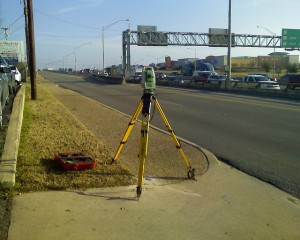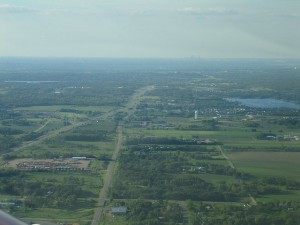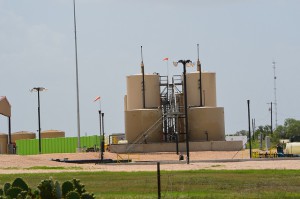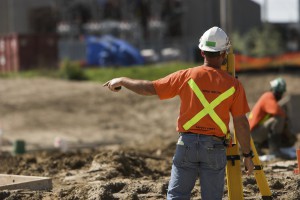How 3D Laser Scanning Services Can Support Multiple Stages of Development
 More and more businesses are starting to realize the potential benefits offered by 3D laser scanning services. However, many of them fail to recognize just how helpful 3D scanning can be throughout the lifespan of a project. 3D scanning is so inherently valuable because it can provide key visibility at all three main phases of the project: the pre-design phase, the design phase, and the construction phase. Gaining a greater understanding of what role a 3D laser scanning survey plays in each of these three phases is key to understanding just how much of a competitive advantage this technology can provide.
More and more businesses are starting to realize the potential benefits offered by 3D laser scanning services. However, many of them fail to recognize just how helpful 3D scanning can be throughout the lifespan of a project. 3D scanning is so inherently valuable because it can provide key visibility at all three main phases of the project: the pre-design phase, the design phase, and the construction phase. Gaining a greater understanding of what role a 3D laser scanning survey plays in each of these three phases is key to understanding just how much of a competitive advantage this technology can provide.
Pre-Design Phase
In the pre-design phase, getting an accurate picture of the terrain and existing structures that are on-site is vital. With this visibility to guide you, you can make better decisions about the best way to move forward with your project. You can also feel confident that your decisions are based on real insights, and not on guesswork or outdated aerial photography.
A 3D laser scanning survey at the pre-design phase is particularly helpful for things like oil and gas facility location surveys and terrain surveys. In both of these examples, 3D laser scanning is both the fastest and most accurate way to get a complete look at the area that is to be developed, providing the right level of understanding to get your project off to a good start. As a result, your project will be better positioned to proceed according to plan, with no delays and no budget overages.
Design Phase
Once you have gained an accurate understanding of the site that is going to be developed, the next logical step is to consider how the development will fit together with the terrain around it. Fortunately, 3D laser scanning can help with this as well, by supporting 3D modeling.
3D modeling gives you greater visibility into how your development will look, in relation to the terrain and any enduring structures around it. This will also help you create the optimum design and identify any potential issues before they get a chance to wreak havoc on your project once the construction process actually begins.
A good example of a design processes where laser scanning surveying can be helpful is with field map preparation for oil and gas facilities. By creating 3D models before you begin construction, you can be more prepared and get started on construction sooner.
Construction Phase
Finally, once it’s time to actually begin the construction process, laser scanning surveying is there to help once again. By allowing you to quickly create as-built surveys, 3D laser scanning gives you greater visibility into how the project is improving the site around it.
Being able to turn these as-built surveys around as quickly as possible is a tremendous benefit for your project, as it insures that the construction process won’t grind to a halt while you are stuck waiting for the surveys to come in. Since 3D laser scanning represents one of the quickest methods of creating as-built surveys, it can be a tremendous value-add to the construction process.
In addition, laser scanning surveying can also help you to identify potentially unsafe environments. Safety should be a top concern for any construction project, and scanning can help project managers be more aware of potential safety issues before they can get in the way of a safe, orderly construction project.
To learn more about how Landpoint 3D laser scanning services can help your business gain visibility and drive value throughout the different phases of your project, contact us today.
Image Source : survcentex






